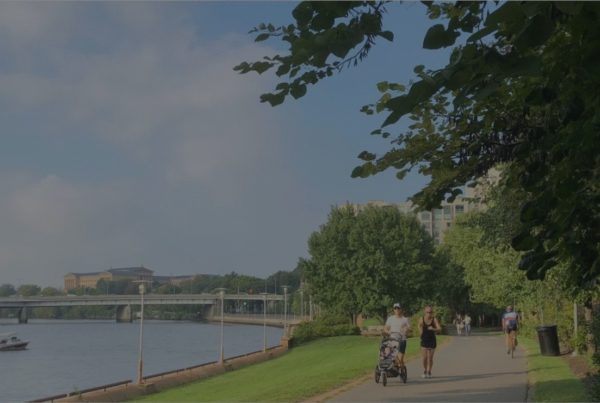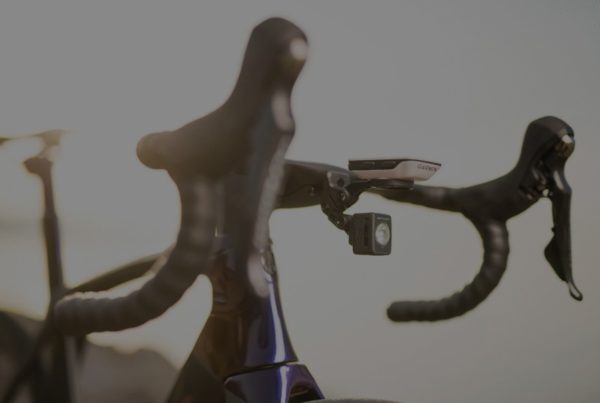What happens if one of the cyclists hits a pedestrian or a car or takes down a paceline on a group ride?
Bike clubs have long organized of all sorts of group rides for club members as well as the public. These rides provide a great introduction to the world of cycling. Because they attract an array of different cyclists, the level of etiquette and experience varies immensely among the participants. To your left, you could be looking at a retired professional. But to your right, you’ll find a super-strong newbie who also struggles with proper riding lines and basic bike handling — which is, of course, critical in a fast-moving peloton. You start to wonder: What happens if one of the cyclists hits a pedestrian or a car or takes down a paceline?
These are classic group ride liability scenarios. And, they all boil down to these two issues:
- Who is responsible and who is legally liable? The club and its organizers? The individuals involved? Or the sponsors of the ride?
- If liability attaches to the group ride, who pays for the property damages and injuries that happen to someone?
These are sophisticated legal issues, and the answers will depend on a range of legal factors and vary from state to state. Consequently, we will address these questions in a two-part series. This column addresses the first issue — when can a group ride be held liable if someone gets hurt or property is destroyed?
Understanding basic liability law and negligence
As attorney Kurt Holzer explains, the mere fact that one person is injured does not give rise to legal liability. Legal liability only exists when someone (or some entity) has a “duty” to another person. If that duty is not fulfilled (as the lawyers say there is a “breach of duty”) and the failure to fulfill the duty causes an injury, then liability attaches — meaning the injured cyclist might be able to pursue a successful legal claim. Generally, everyone has a duty to keep others free from the harm of their own conduct, and breaching that duty is known as negligence. The underlying concept of negligence is merely personal responsibility: If you do something wrong and hurt another person, you should pay for the damage you cause. But not all basic riding errors in a group ride constitute negligence. With such a fact-dependent definition of negligence, it makes sense to take all precautions ahead of time.
The easy example is when you are riding your bike through an intersection, and a driver runs a red a light and crashes into you. The driver had a duty to stop at the red light, and their breach amounts to negligence. Consequently, the driver must pay for the damages they cause you to suffer.
Back to group rides
A group ride has a duty to keep its participants and bystanders safe. This duty can be breached if the group ride hosts an unreasonably dangerous ride based on the route or the behavior of the riders of the group injures one of the participants or a bystander.
Of course, nobody wants to think about lawsuits and legal cases when heading out on a group ride, so in the next article, we explain how a group ride and its organizers, can protect themselves from liability by incorporating, having participants sign waivers, and obtaining liability insurance. We will also cover what individual riders can do to protect themselves. That way, the only attorney you’ll have to talk to will be your riding buddy you are hammering on the climbs.
This article, Group Liability, Part 1, was originally published on VeloNews on August 30, 2018.
Now read the fine print:
Bob Mionske is a former competitive cyclist who represented the U.S. at the 1988 Olympic Games (where he finished fourth in the road race), the 1992 Olympics, as well as winning the 1990 national championship road race.
After retiring from racing in 1993, he coached the Saturn Professional Cycling team for one year before heading off to law school. Mionske’s practice is now split between personal-injury work, representing professional athletes as an agent and other legal issues facing endurance athletes (traffic violations, contract, criminal charges, intellectual property, etc.).< Mionske is also the author of “Bicycling and the Law,” designed to be the primary resource for cyclists to consult when faced with a legal question. It provides readers with the knowledge to avoid many legal problems in the first place, and informs them of their rights, their responsibilities, and what steps they can take if they do encounter a legal problem. If you have a cycling-related legal question please send it to Bob, and he will answer as many of these questions privately as he can. He will also select a few questions to answer in this column. General bicycle-accident advice can be found at bicyclelaw.com.
Important notice:
The information provided in the “Legally Speaking” column is not legal advice. The information provided on this public website is provided solely for the general interest of the visitors to this website. The information contained in the column applies to general principles of American jurisprudence and may not reflect current legal developments or statutory changes in the various jurisdictions and therefore should not be relied upon or interpreted as legal advice. Understand that reading the information contained in this column does not mean you have established an attorney-client relationship with attorney Bob Mionske. Readers of this column should not act upon any information contained in the website without first seeking the advice of legal counsel.
@ Bob Mionske 2018. All Rights Reserved.




